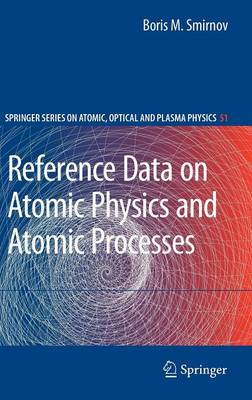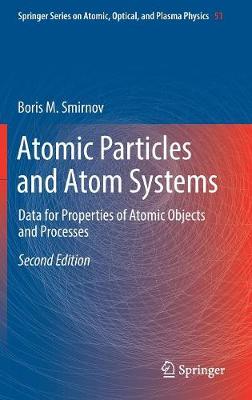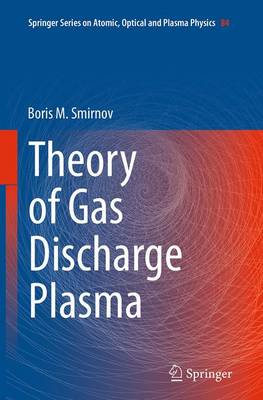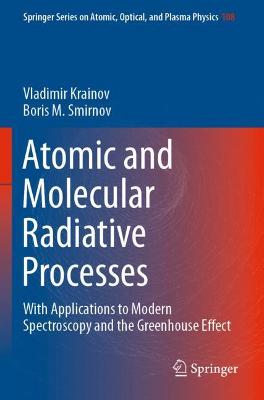Springer Series on Atomic, Optical, and Plasma Physics
4 primary works
Book 51
Reference Data on Atomic Physics and Atomic Processes
by Boris M. Smirnov
Book 51
Book 84
This book presents the theory of gas discharge plasmas in a didactical way. It explains the processes in gas discharge plasmas. A gas discharge plasma is an ionized gas which is supported by an external electric field. Therefore its parameters are determined by processes in it. The properties of a gas discharge plasma depend on its gas component, types of external fields, their geometry and regimes of gas discharge. Fundamentals of a gas discharge plasma include elementary, radiative and transport processes which are included in its kinetics influence. They are represented in this book together with the analysis of simple gas discharges. These general principles are applied to stationary gas discharge plasmas of helium and argon. The analysis of such plasmas under certain conditions is theoretically determined by numerical plasma parameters for given regimes and conditions.
Book 108
Atomic and Molecular Radiative Processes
by Vladimir Krainov and Boris M. Smirnov
This book describes selected problems in contemporary spectroscopy in the context of quantum mechanics and statistical physics. It focuses on elementary radiative processes involving atomic particles (atoms, molecules, ions), which include radiative transitions between discrete atomic states, the photoionization of atoms, photorecombination of electrons and ions, bremsstrahlung, photodissociation of molecules, and photoattachment of electrons to atoms. In addition to these processes, the transport of resonant radiation in atomic gases and propagation of infrared radiation in molecular gases are also considered.
The book subsequently addresses applied problems such as optical pumping, cooling of gases via laser resonance radiation, light-induced drift of gas atoms, photoresonant plasma, reflection of radio waves from the ionosphere, and detection of submillimeter radiation using Rydberg atoms. Lastly, topical examples in atmospheric and climate change science are presented, such as lightning channel glowing, emission of the solar photosphere, and the greenhouse phenomenon in the atmospheres of the Earth and Venus.
Along with researchers, both graduate and undergraduate students in atomic, molecular and atmospheric physics will find this book a useful and timely guide.



